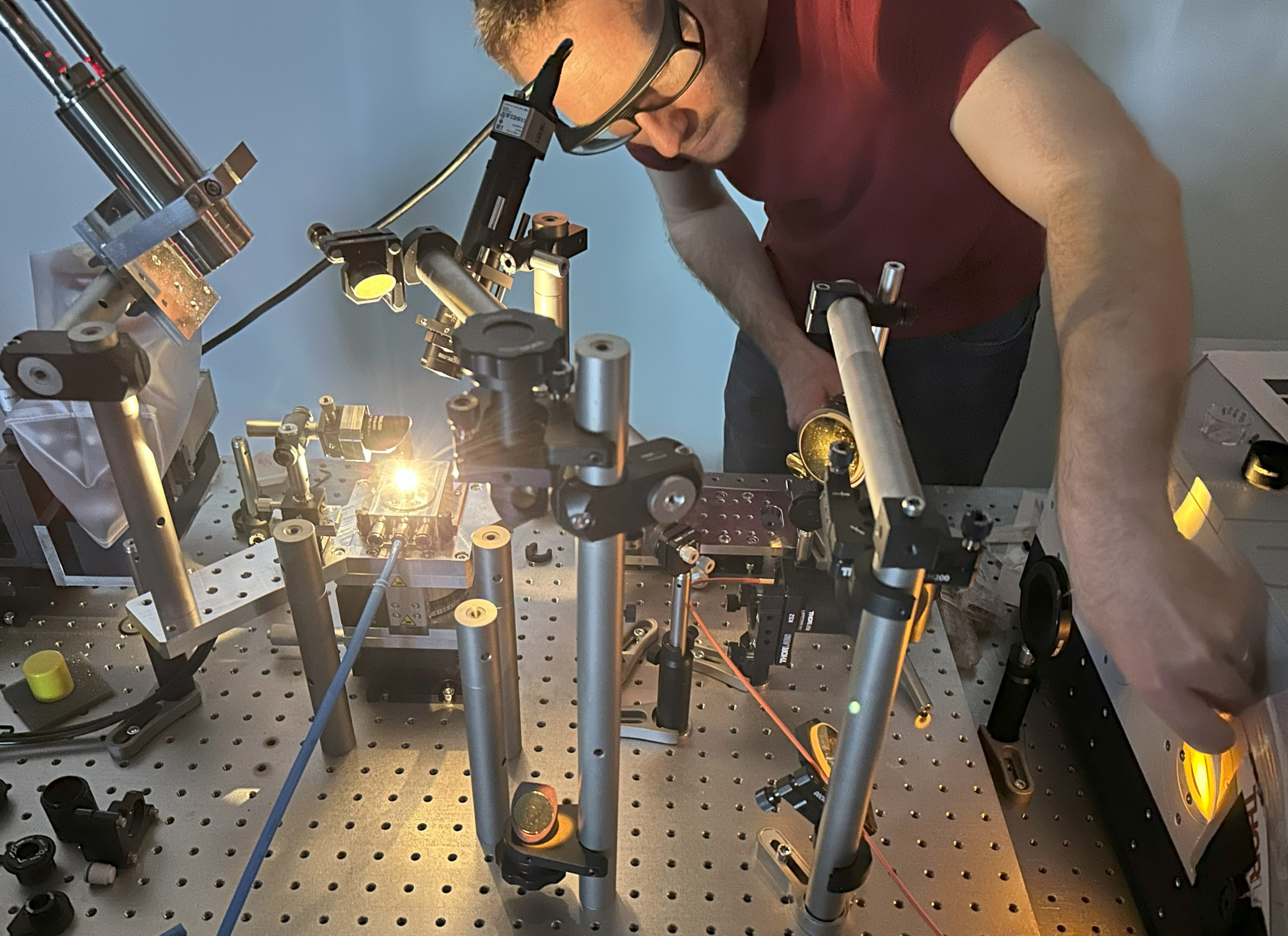Solubility of volatiles in silicate melts

The tendency of a gaseous species to partition between the atmosphere and the interior of the planet, or its solubility, is a key parameter that ultimately contributes to the nature and composition of a planetary atmosphere. Despite its importance, solubility data for major gases, such as H2O, CO2, CO and H2, are lacking at low pressures and high temperatures that characterise the early growth of the terrestrial planets. The group helped to determine of the solubility of H2O in molten peridotite (Sossi et al., 2023), which was used to show that the compositions of atmospheres produced by magma oceans are likely to be carbon-rich, rather than steam atmospheres as first thought (Bower et al. 2022). These data are not only useful for understanding the evolution of the Earth’s atmosphere, but also those around other rocky planets. Consequently, the group is developing a laser-heated levitation furnace (cf. Sossi et al. 2020b; Badro et al. 2021) to better explore the solubilities of these gases in compositions that may be more relevant for rocky exoplanets, for which data are entirely absent.
Researchers
- Maggie Thompson
- Fabian Seidler
- Sylvain Petitgirard
- Dan Bower
- Kaustubh Hakim (KU Leuven/Royal Observatory Brussels)